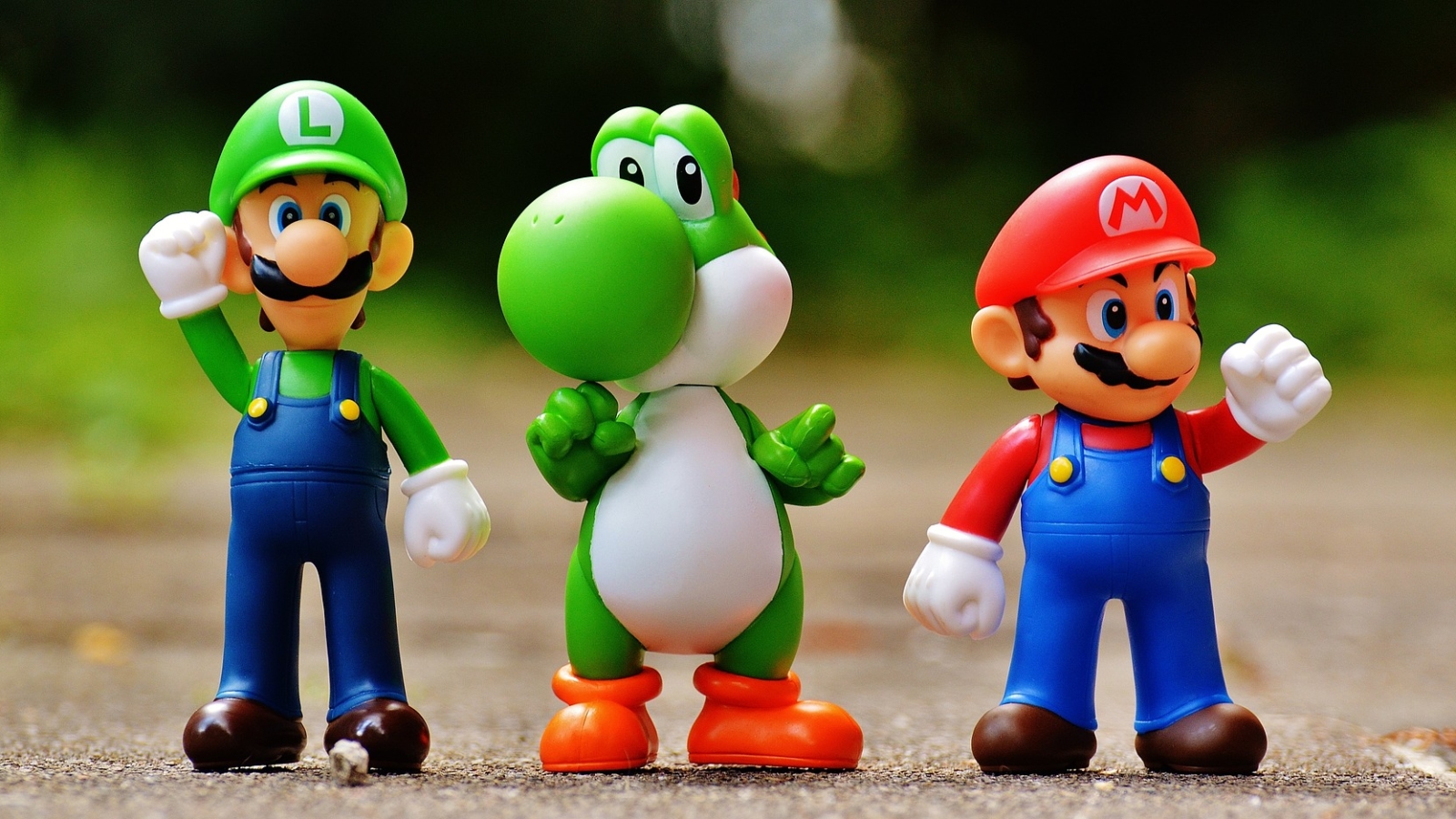Character creation is the designing and developing of characters for various applications, including but not limited to video games, films, animations, and comics. The ultimate goal of character creation is to produce compelling and memorable characters that can bring stories to life and captivate audiences.
3D character creation requires a mix of artistic and technical skills. This article guides beginners and professionals on creating realistic 3D models, from concept art to final rendering. It provides a comprehensive overview of the process and aims to help readers create compelling characters.
3D Character Creation
Despite its complexity, character creation can be an enjoyable process. 3D character models have had a significant impact on the gaming industry. Specifically, they have revolutionized how gamers experience and engage with virtual environments. 3D modeling has enabled designers to create characters with incredibly realistic appearances and movements. Consequently, players can immerse themselves in these virtual worlds in previously impossible ways.
The process of character modeling involves using software to create a surface for the object. Many software options are available for character creation, including Blender, Maya, and 3DS Max. Many online resources, such as video tutorials and courses, can help you learn the basics of 3D character modeling.
Conceptualizing The 3D Character
Concept art is crucial for the 3D Character Development process. It establishes the character’s aesthetic, personality, backstory, and other features.
Concept art helps the team have a clear vision of the character. It serves as a blueprint, guiding the modeling, rigging, and animation process, and ensures consistency.
To create a character, you must first consider their story and how to represent them visually. Knowing a character’s background and unique features makes creating a playable character much more enjoyable.
Stages Of 3D Character Creation
Character creation has five stages before you finally create the figure you need. Those five steps are; Blocking, Sculpting, Retopology, Unwrapping/backing, and texturing.
Step 1: Blocking
The first step of 3D modeling is to create basic models. These models are positioned to establish the fundamental shapes and poses of objects or characters.
Step 2: Detailing
The artist adds details to the initial 3D model blocks in this stage. They make the models smoother and more detailed and set the lighting and camera placements in preparation for texturing.
Step 3: Texturing
Textures are an essential part of character creation. In this stage of 3D modeling, colors, designs, and textures are added to the 3D model to make it more realistic. UV mapping and texture application are essential skills for this stage.
However, it’s essential to remember that minor imperfections can enhance the scene’s credibility by including shadows and corners in the scene.
Step 4: Rendering
In the final stages of the 3D modeling process, the artist refines the scene, renders it, and corrects any errors. Attention to detail and imperfections are crucial to creating a more realistic appearance.
Step 5: Post Processing
After rendering a 3D model, the final step is post-processing, which involves refining the render, adding color treatment, and creating effects to enhance the scene. Lighting is crucial in achieving a realistic look, and adjusting the scene’s framing is also important. Once you have completed the 3D character model creation process, you can use the model in various applications, such as video games and virtual or augmented reality apps.
Character Creation and Animation
The next crucial step after creating a 3D character model is animation, which involves giving the character life and personality through body movements and facial expressions. The process involves utilizing tools to manipulate different body parts to create realistic gestures and incorporating video references and motion capture techniques to make the animations more natural and convincing.
Keep testing and refining your work until you are satisfied with the result, and then you will have a character ready to bring life to your video game. Ultimately, you can use the character in the game, and the player can interact with the lifelike character in the game environment.



